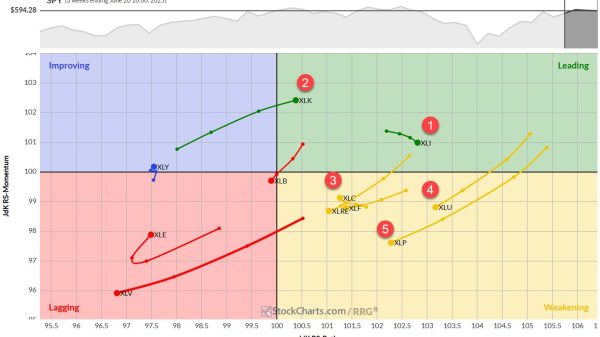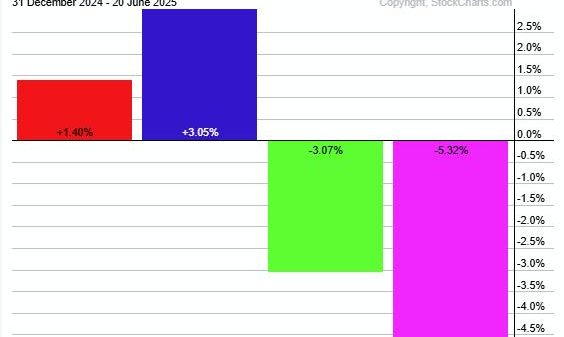Levered free cash flow – Get To Know All About It Here
Key Takeaways:
Levered Free Cash Flow (LFCF): This is what’s left after a company pays all its bills, demonstrating the company’s ability to manage its finances. Negative LFCF: Even if a company’s operating cash flow is positive, it can still end up with negative levered free cash flow. This shows that having enough cash on hand to cover expenses is essential. LFCF Choices: A company can use its levered free cash flow for dividends, stock buybacks, or reinvesting in the business, revealing the company’s strategic decisions to grow or reward investors. Unlevered Free Cash Flow (UFCF): UFCF is the cash a company has before handling debt payments, showing the company’s financial strength before debt obligations come into play.Have you ever thought about what is the levered free cash flow exactly? Why is it crucial to comprehend and know how to calculate it the best? Before we get to all that, let’s see what it means in corporate finance.
Unlevered Free Cash Flow (UFCF) and Levered Free Cash Flow (LFCF) are pivotal concepts in corporate finance. UFCF reveals a company’s financial health before debt obligations, while LFCF depicts funds available after meeting all financial commitments.
A vital tool for financial insight is the Free Cash Flow to Equity (FCFE) calculation, assessing cash flow components and revealing the true shareholder value.
In financial modelling, LFCF plays a central role in influencing key decisions. These models provide essential insights into a company’s financial prospects and strategic choices. UFCF, LFCF, FCFE, and cash flow components are your beacons for financial clarity.
What is Levered free cash flow exactly?
Levered Free Cash Flow (LFCF) stands as a cornerstone in financial modelling, essential for valuing a company and conducting investment analysis. It’s a key financial metric that unveils a company’s true financial strength, crafted from the intricate components of the cash flow statement.
Regarding valuation using Levered Free Cash Flow, LFCF takes centre stage. This financial metric serves as a guiding star, providing invaluable insights into a company’s worth, making it a crucial tool in the hands of investors and financial modelling experts.
Investment analysis with Levered FCF is a meticulous process where investors dive deep into the company’s financial data to assess its growth potential and strategic financial choices. LFCF is at the heart of this analysis, shaping investment decisions.
LFCF is indispensable
As one of the key financial metrics in Free Cash Flow (FCF) analysis, LFCF is indispensable. Investors and financial modelling experts must steer toward sound financial decisions and prosperous investments.
What Levered Free Cash Flow (LFCF) Tells You?
LFCF provides clues about a company’s growth potential, how it rewards shareholders (through dividends or buybacks), and its ability to secure more funds from its operations.
Getting extra funds can take time and effort if a company has big debts and limited cash after covering its obligations. Conversely, a healthy LFCF makes the company a more attractive and less risky investment.
Even if LFCF is negative, it doesn’t mean the company is failing. It might be due to big investments that still need to pay off. If the company can find the money to survive, temporary negative LFCF is okay.
What is important to note?
Crucially, how the company handles its LFCF holds great importance for investors. It can be channelled into dividend payments or internal capital investments. Alternatively, if the company spots growth prospects, it might allocate a substantial portion of the LFCF for that purpose.
This strategic decision shapes the company’s financial path and significantly impacts its stakeholders. This decision is also a fundamental element within the statement of cash flows, touching upon the management of debt and equity.
Moreover, it carries implications for DCF models, reflecting the company’s financial strength and ability to make prudent choices concerning cash items and capital investment.
Decoding Cash Flow Metrics: Unlevered FCF vs Levered FCF
Levered Free Cash Flow (LFCF) and Unlevered Free Cash Flow (UFCF) offer distinct financial perspectives.
LFCF reveals the company’s cash after settling debts and obligations, while UFCF signifies funds pre-debt payments.
To calculate UFCF, we subtract EBITDA from CapEx and deduct working capital adjustments and taxes. It’s a detailed look at a company’s cash before dealing with debts.
Is LFCF vital for shareholders, and why?
LFCF is vital for shareholders, representing their rewards. It’s a key financial metric in Free Cash Flow (FCF) analysis, providing insights into profitability.
In the world of financial modeling with Levered FCF, LFCF is a critical figure. It guides investors and experts to assess a company’s financial health.
LFCF and UFCF are key cash flow statement components in this intricate financial landscape. These financial metrics for investors are vital, offering meaningful insights into a company’s financial strength and ultimately aiding investment decisions.
What is the formula of Levered Free Cash Flow?
Here is the Levered Free Cash Flow formula below:
Levered Free = Net + D&A – Change – Capex + Net
Cash flow Income in NWC Borrowing
Essential Financial Terms In The LFCF Formula:
Net Income: A company’s profit includes all expenses, even interest costs. D&A (Depreciation and Amortization): These represent non-monetary costs that distribute the expenditure of assets across time, thus avoiding an immediate cash outflow.. This serves as an accounting technique aimed at aligning expenses with the periods during which they contribute to the company’s benefit. Change in NWC (Net Working Capital): This tracks changes in a company’s operating assets (like money owed to them and inventory) and operating debts (such as bills and accounts payable) over a set timeframe. Net Borrowing: This is found by subtracting debt repayments from debt borrowing. It’s relevant because the money borrowed can be used for actions affecting shareholders, like paying dividends or buying back shares.How is the Levered Free Cash Flow calculated the best?
Levered Free Cash Flow, often known as “free cash flow to equity,” is a window into a company’s remaining cash after fulfilling crucial financial obligations. This metric is a cornerstone in assessing key financial metrics in FCF analysis.
To calculate it, we subtract a few essential components:
Operational Expenses, including the COGS and operational expenses such as SG&A and R&D. Reinvestments involving Alterations in Net Working Capital (NWC) and adjustments in Capital Expenditure (Capex). Debt-Related Payments, covering Compulsory Debt Reduction and Interest Expenditure.When all these deductions are made, what remains is for the company’s equity holders, those who own shares representing their stake in the company’s capital structure.
How to utilize the remaining cash?
How this remaining cash is utilized depends on the discretion of the company’s management.
They can choose to:
Distribute it as dividends to Shareholders with Preferred and Common Equity. Reinvest it within the business, whether in working capital or Capex. Initiate a Stock Buyback, repurchasing prior provided shares to decrease the total outstanding shares.What are the key takeaways here?
The key takeaway is that Levered Free Cash Flow provides a critical insight into a company’s financial health, catering to equity holders and those interested in understanding a company’s financial position.
A higher LFCF indicates increased available funds, expanded borrowing capacity., and reduced credit risk. In contrast, a lower LFCF points to limited discretionary cash, reduced debt capacity, and a higher credit risk.
It’s a comprehensive metric that encapsulates cash flow from operating activities, making it a valuable element in financial analysis.
Bottom line
Levered Free Cash Flow (LFCF) is a fundamental metric in financial analysis, unveiling a company’s financial strength and strategic choices.
It influences investment decisions, reflecting how a company manages its finances and rewards shareholders. LFCF is vital for understanding a company’s growth potential and ability to secure funds while handling debts.
The post Levered free cash flow – Get To Know All About It appeared first on FinanceBrokerage.
























